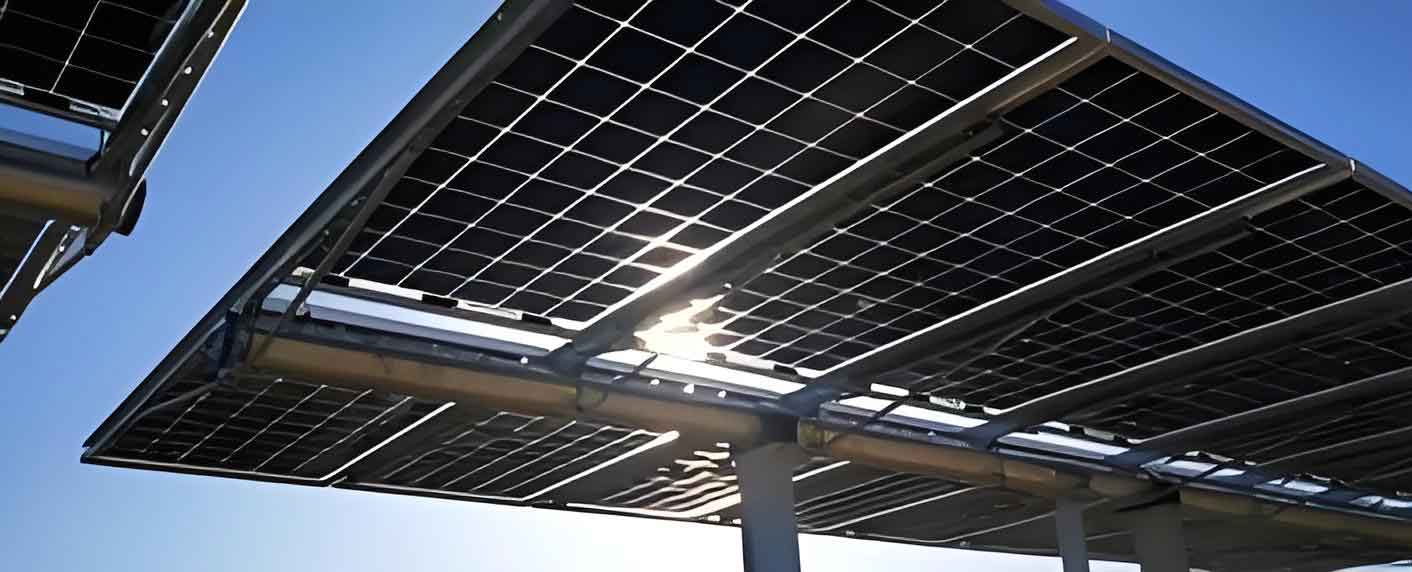
Introduction
In recent years, the global push towards sustainable energy has seen significant advancements, particularly in the adoption of renewable energy sources. Among these, photovoltaic panels, commonly known as solar panels, have emerged as a popular choice for residential energy generation. This article explores the economic viability of photovoltaic panels for residential use, analyzing the costs, benefits, and long-term financial implications for homeowners.
Initial Costs and Installation
The initial costs associated with photovoltaic panels can be substantial. These costs include the purchase of photovoltaic panels, inverters, mounting equipment, and professional installation services. The average cost of installing a residential photovoltaic system varies depending on the size of the system and geographic location.
Table 1: Average Installation Costs of Photovoltaic Panels in Different Regions
| Region | Average Cost per Watt ($) | Average System Size (kW) | Total Cost ($) |
|---|---|---|---|
| North America | 2.50 | 6 | 15,000 |
| Europe | 2.00 | 5 | 10,000 |
| Asia-Pacific | 1.75 | 5 | 8,750 |
| Africa | 2.20 | 4 | 8,800 |
Government Incentives and Subsidies
One of the key factors enhancing the economic viability of photovoltaic panels is government incentives and subsidies. Various countries offer financial incentives to encourage the adoption of solar energy. These incentives can significantly reduce the initial investment required.
Table 2: Government Incentives for Photovoltaic Panels by Country
| Country | Incentive Type | Description |
|---|---|---|
| United States | Federal Tax Credit | 26% of installation cost |
| Germany | Feed-in Tariff | Guaranteed payment for excess electricity fed into the grid |
| Australia | Small-scale Technology Certificates (STCs) | Discounts based on system size and location |
| China | Subsidies and Rebates | Up to 50% of installation cost |
Long-Term Financial Benefits
The long-term financial benefits of installing photovoltaic panels are substantial. Once installed, photovoltaic panels generate electricity at a low marginal cost, leading to significant savings on electricity bills. The return on investment (ROI) period typically ranges from 5 to 10 years, depending on the cost of electricity in the region and the availability of sunlight.
List: Key Financial Benefits of Photovoltaic Panels
- Reduction in Electricity Bills: Homeowners can save up to 90% on their electricity bills.
- Increase in Property Value: Homes with photovoltaic panels typically have higher property values.
- Energy Independence: Reduced reliance on grid electricity and protection against rising energy prices.
- Net Metering: Opportunity to sell excess electricity back to the grid, generating additional income.
Environmental Impact and Social Benefits
Beyond the economic aspects, photovoltaic panels offer substantial environmental benefits. By generating clean, renewable energy, photovoltaic panels help reduce greenhouse gas emissions and dependence on fossil fuels.
List: Environmental and Social Benefits of Photovoltaic Panels
- Reduction in Carbon Footprint: Significant decrease in household carbon emissions.
- Sustainable Energy Source: Renewable and inexhaustible energy generation.
- Job Creation: Growth in the solar industry leads to job creation in installation, maintenance, and manufacturing.
- Community Resilience: Enhanced energy security and resilience in the face of natural disasters.
Maintenance and Longevity
Photovoltaic panels require minimal maintenance compared to other energy generation systems. Regular cleaning and occasional inspections ensure optimal performance. Most photovoltaic panels come with warranties ranging from 20 to 25 years, guaranteeing long-term energy production.
Table 3: Maintenance Costs and Lifespan of Photovoltaic Panels
| Component | Average Maintenance Cost ($/Year) | Expected Lifespan (Years) |
|---|---|---|
| Photovoltaic Panels | 100 | 25 |
| Inverters | 200 | 10 |
| Mounting System | 50 | 25 |
Conclusion
The economic viability of photovoltaic panels for residential use is influenced by various factors, including initial costs, government incentives, long-term financial benefits, and environmental impact. While the upfront investment may be significant, the long-term savings on electricity bills, increased property value, and contribution to environmental sustainability make photovoltaic panels an attractive option for homeowners. As technology advances and the cost of photovoltaic panels continues to decrease, the economic case for residential solar energy becomes increasingly compelling.
